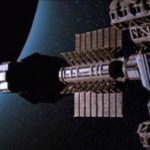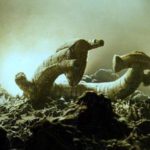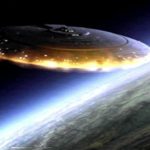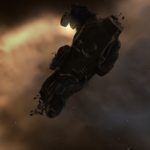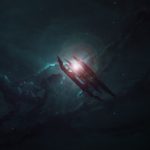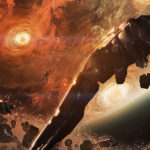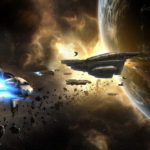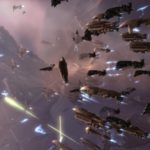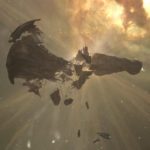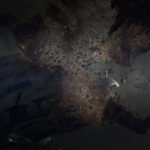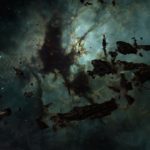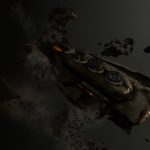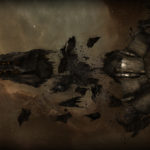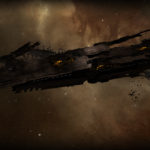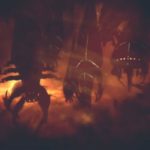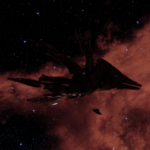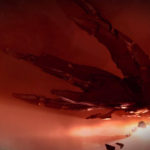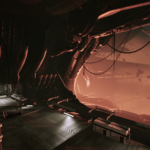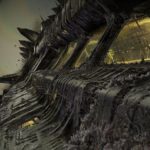Just like terrestrial navies, the Space-based Navy of the UAP often must board hostile and abandoned space-faring vessels for disarming, inspection, cataloging, and recovery purposes.
–
Table of Contents:
- Vocabulary
- Types
- How to Identify and Catalog a Derelict
- Example of a Derelict Database Entry
- History
- Examples (Images Begin)
–
Vocabulary:
-
in a very poor condition as a result of disuse and neglect.
–
Types
Unidentified Space Facilities (USFs):
(unsure if a ship (mobile) or a station (immobile))
- e.g.: Dyson Sphere
- – [virtually eradicated]
- – [virtually eradicated]
- – Whale Probe
- – [virtually eradicated]
- – [virtually countless]
- – [Gorgon solar system’s 4th main orbiting object]
- – [virtually countless]
- – [virtually eradicated]
- – [virtually eradicated]
…
Stations:
- – Shield World (the Halo ring factory and worm-hole-based transporter)
- – Halo rings (dozens)
- – High Charity (jellyfish-formatted, Death Star variation appearance)
- – The Citadel (ancient Reaper mass-transport control station)
- – Heretic Station (Borg / Terminator-like sentient robotic species (Geth) hive)
- – Pinnacle Station
Transportation Facility:
- – Mass Relays (hundreds)
Military Training:
- – The Battle School
…
Multi-purpose Space Vessel (MSVs):
- – Broken Arrow
- – Cornucopia
- – Fedele
- – Majesty
- – Ontario
- – Strontium Mule
- – Worthington
…
Spaceships:
- – The Migrant Fleet
Large (city-to-continent sized):
- – Reaper
Medium (warship-to-city sized):
- – Draenei dimension-ships
- – Mala’kak (“Space Jockey”) Xenomorph Incubation and Dispersion Vessel
Small (house-to-warship sized):
- – [virtually countless]
Personal (pod-to-house sized):
- – [virtually countless]
–
How to Identify and Catalog a Derelict:
Report Format/Template:
Similarly to known vessels, derelicts are classified with 4 main features:
Type: predominantly based on size, then upon apparent purpose.
- Class: a subordinate category of Type, such as Nimitz or Tohoku.
- Make: the manufacturing company which produces the final, fully assembled product.
- Model: the (often) alphanumeric ID number, if any is located (and translated).
- Alias: the marketing and advertising nickname, dubbing, or christening title.
–
Example of a Derelict Database Entry:
—[Derelict Dossier]—
Make: Iskellian Technology Solutions
Protrusions: 4 skyscraper-fashioned towers
Period: [Full-cycle time-period in Dewey Decimal]
—[Cargo]—
# (quantity of the following): Form (shape), Dimensions, Mass, Weight, Color
#: (characteristics aforementioned) 3rd discovered item (class). (et cetera)
—[Artifacts]—
—[Corpses]—
#: Life, Domain, Kingdom, Phylum, Class, Order, Family, Genus, Species, Race
—[Unidentified Contents]—
#: Form (shape), Dimensions, Mass, Weight, Color Scheme, Texture, Function.
*reference: taxonomy; how to catalogue/describe/identify species
#: Life, Domain, Kingdom, Phylum, Class, Order, Family, Genus, Species, Race
[Attach any photographic, video, and scan-based data here.]
–
History:
Earth humans during the modern era tracked ~27,000 pieces of Space debris that could pose a significant risk to Space-farers such as the astronauts of NASA. There are likely millions more, though, if you count the smaller and more difficult-to-track ones. If you are counting all particles, there are arguably countless ones.
Space debris includes derelict spacecraft, such as the “Black Knight satellite” (though that example may be debris / Space junk). It is thought that there are undetected and/or undetectable derelicts in Earth-orbit and many other orbits, as well as beyond; there are likely derelict Spacecraft floating between the worlds, in the vast expanses known as the interplanetary and interstellar medium/s. Derelict spacecraft are sometimes the size of shuttles, other times as large as the worlds themselves.
Even ring-systems, such as that of Saturn, now that it has been more-closely studied, has been found to be a derelict craft or series/convoy of derelicts.
As of 2021, the Inisfreeans have begun to consider that all of Creation is a derelict Spacecraft, and that they have the right -and duty- to map, board, and right/repair/salvage all of it. Anytime a planet has ugly people on it, or anyone/thing that is rude to any Inisfreean or anyone the Inisfreeans care about, that planet becomes classified as derelict/overrun, which, in Inisfreean Law, means it can be liberated/healed by any means necessary. It is likely that this mindset/stance/SOP will never change.
–
Examples:
–
